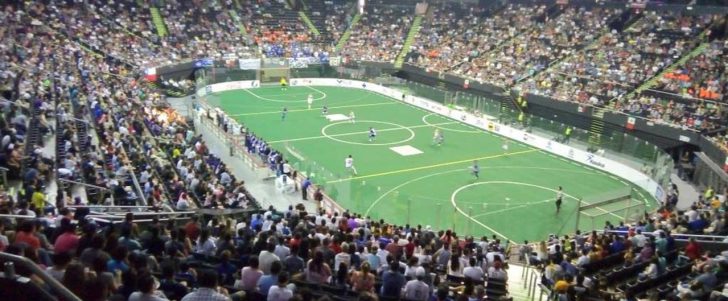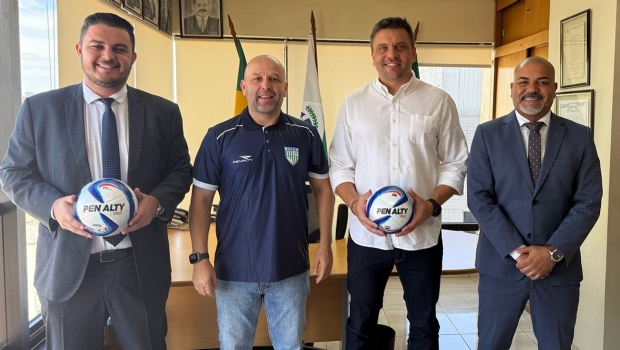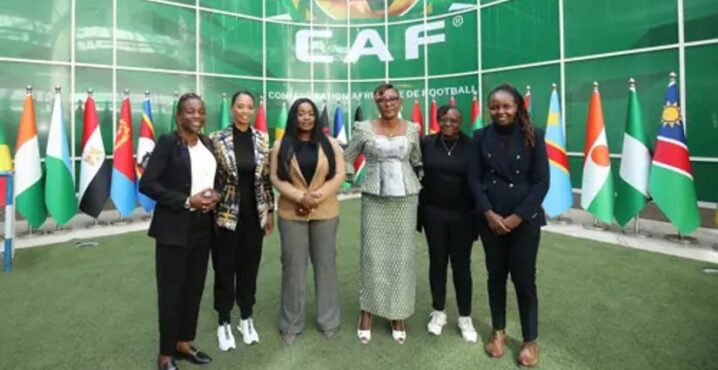Estimated reading time:12 minutes, 18 seconds
Embracing Futsal: A Transformative Odyssey for the MASL and the Evolution of Indoor Soccer
In the world of American sports, where sprawling fields and grand stadiums dominate, a distinct brand of soccer has carved its niche within enclosed spaces. This is the captivating story of indoor soccer—an odyssey spanning decades, marked by exceptional players, storied clubs, and passionate fans. As we delve into the annals of this unique evolution, we encounter champions who forged a legacy, visionaries who steered the course, and a future that beckons toward new horizons.
(Main picture source: Baltimore Blast website)
A Legacy Forged in the Early Years (1930s – 1950s)
Picture the 1930s—a time when winter’s chill threatened to stifle soccer’s fervor. Enter indoor soccer, a pioneering concept that defied seasonal limitations. However, it wasn’t until the 1950s that the American indoor soccer scene truly took root. Enclosed arenas became the playground, with rules adapted for this new environment.
MISL Era (1970s – 1990s): Where Legends Rise
Marking a milestone on December 22, 1978, indoor soccer in the U.S. took a red-letter date that would reshape its trajectory. But the roots of organized arena sport go back further, tracing its presence across decades, if not an entire century.
The inaugural game held 40 years ago, saw the New York Arrows face the Cincinnati Kids, commencing the first-ever professional match of the Major Indoor Soccer League. This marked the beginning of a journey that saw various leagues carry the torch into the 21st century, with the Major Arena Soccer League (MASL) emerging as a trailblazer in 2018.
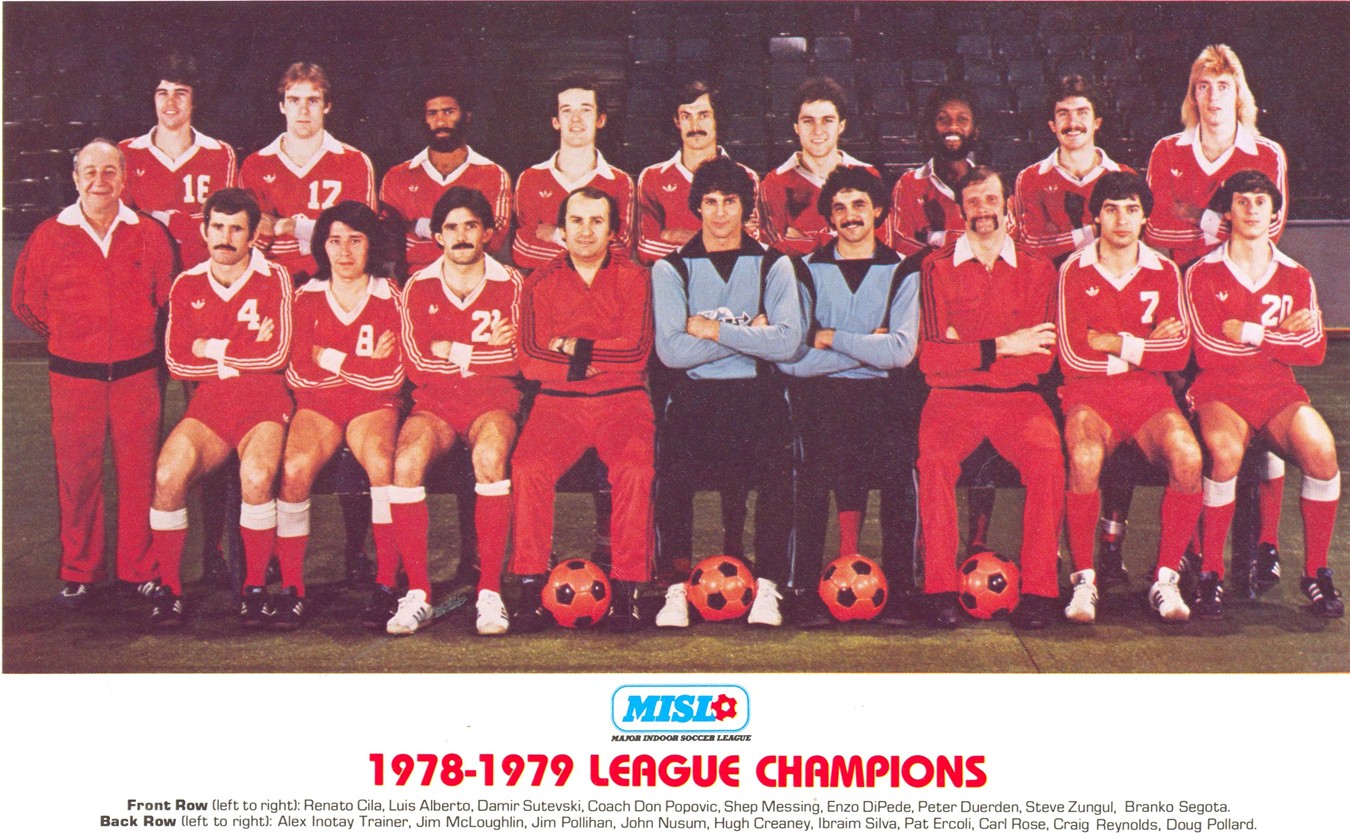
The New York Arrows rosters in 1978-79 – Source: NASL
Even earlier, attempts to shape indoor soccer took place, as far back as eight decades. The first indoor game at Madison Square Garden in 1941 was deemed a “riotous debut” by the New York Daily News. The match between the Brookhattan Truckers and St. Mary’s Celtics included a three-minute free-for-all and showcased a mixture of feet and fists on the field.
Despite a slippery floor and injuries aplenty, indoor soccer demonstrated its potential, with New York Herald Tribune columnist Richards Vidmer suggesting that the Garden had discovered the perfect game for indoor sports enthusiasts.
Amidst early experiments, indoor soccer reemerged in St. Louis almost 30 years later, presenting a hybrid of hockey and soccer known as Hoc-Soc. The North American Soccer League (NASL) organized the tournament, drawing attention to the sport’s potential as a league undertaking.
However, the success of forming a winter league was elusive. The Super Soccer League, scheduled for a 1978 kickoff, had to be postponed due to various challenges, leaving the indoor soccer arena vacant.
Earl Foreman and Ed Tepper entered the scene, ignited by their admiration for the indoor game. Witnessing the Red Army of the Soviet Union clash with the North American Soccer League champion Philadelphia Atoms in 1974, they envisioned a simpler and faster version of soccer.
Indoor soccer’s simplicity and speed attracted attention, as teams played off dashers and altered rosters in seconds, akin to hockey’s swift transitions. The potential to resonate with fans was evident as indoor soccer overcame challenges that its outdoor counterpart faced due to field size and viewing angles.
Throughout the journey, notable figures left their indelible marks. The Dallas Tornado, led by the legendary Ron Newman, claimed victory in the NASL’s Hoc-Soc tournament. Steve Zungul, Sports Illustrated’s JD Reed declared him the “Lord of All Indoors,” dominated the indoor arena with record-setting performances and championship victories. By the time he retired at 35 after the 1989-90 season, Zungul had written the MISL record book. He played for eight championship teams, four with the New York Arrows and four with the San Diego Sockers. He finished with 652 goals, almost 200 more than the second-leading goalscorer, Branko Segota (463). He also had the most assists (1,123).
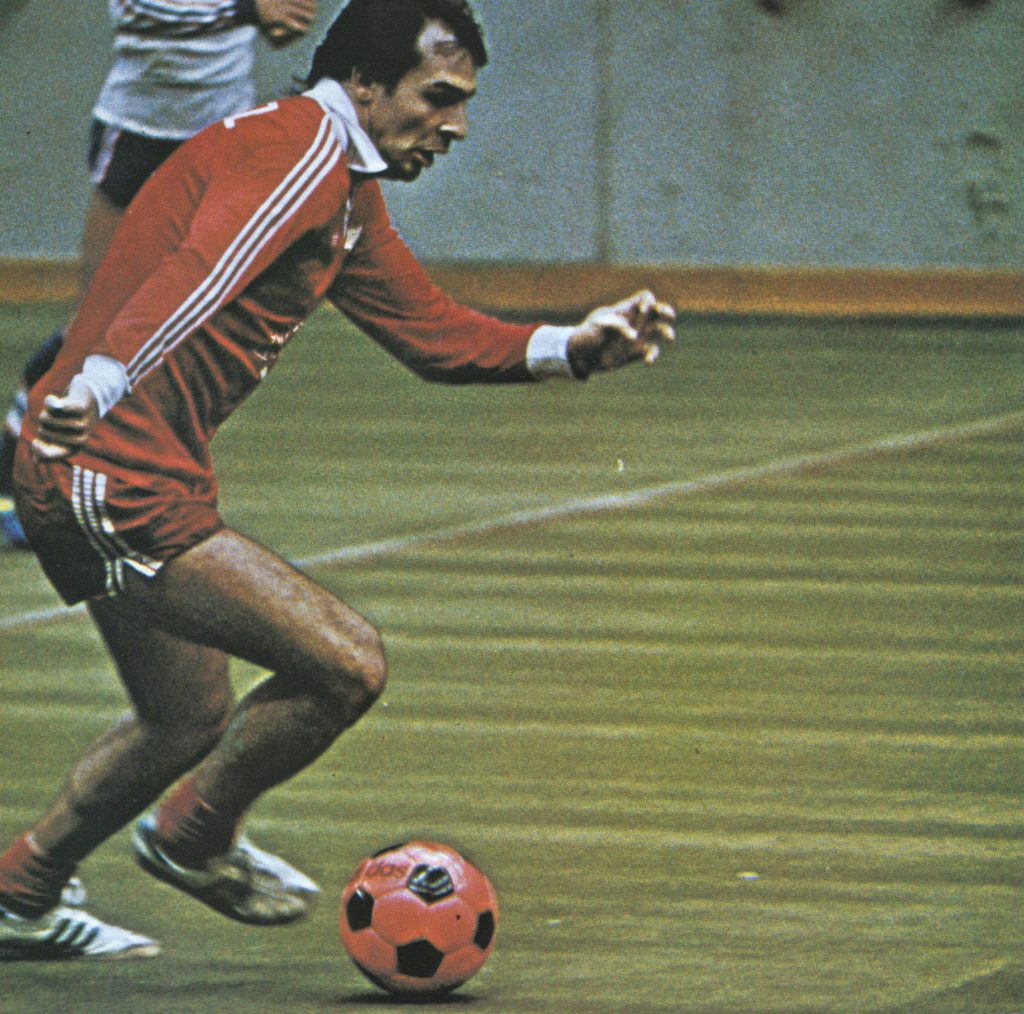
Steve Zungul playing for New York Arrows – Source of the image: NASL
As indoor soccer progressed, it spawned the Major Indoor Soccer League (MISL) in 1978, which thrived for several years. This era heralded a new chapter in American indoor soccer, one characterized by the brilliance of players who could turn the arena into their playground. The MISL was not just a league; it was a spectacle that enticed fans into a world of sublime skill and strategic brilliance. Powerhouse teams like the Baltimore Blast, San Diego Sockers, and Cleveland Force emerged as beacons of success during this golden era. Despite its eventual demise in 1992, the legacy of indoor soccer continued with subsequent leagues.
A dark period of uncertainty and a need for leadership
Enter the second and third editions of the MISL (operated as the United Soccer League – 1978-1992), Continental Indoor Soccer League (CISL – 1993 to 1997), World Indoor Soccer League ( WISL – 1998 – 2001), American Indoor Soccer League ( AISL – 2002-2008), and Xtreme Soccer League (XSL – 2008-2009). each playing a part in sustaining the legacy of indoor soccer, albeit with varying degrees of success that preserved and expanded the arena and indoor game in North America.
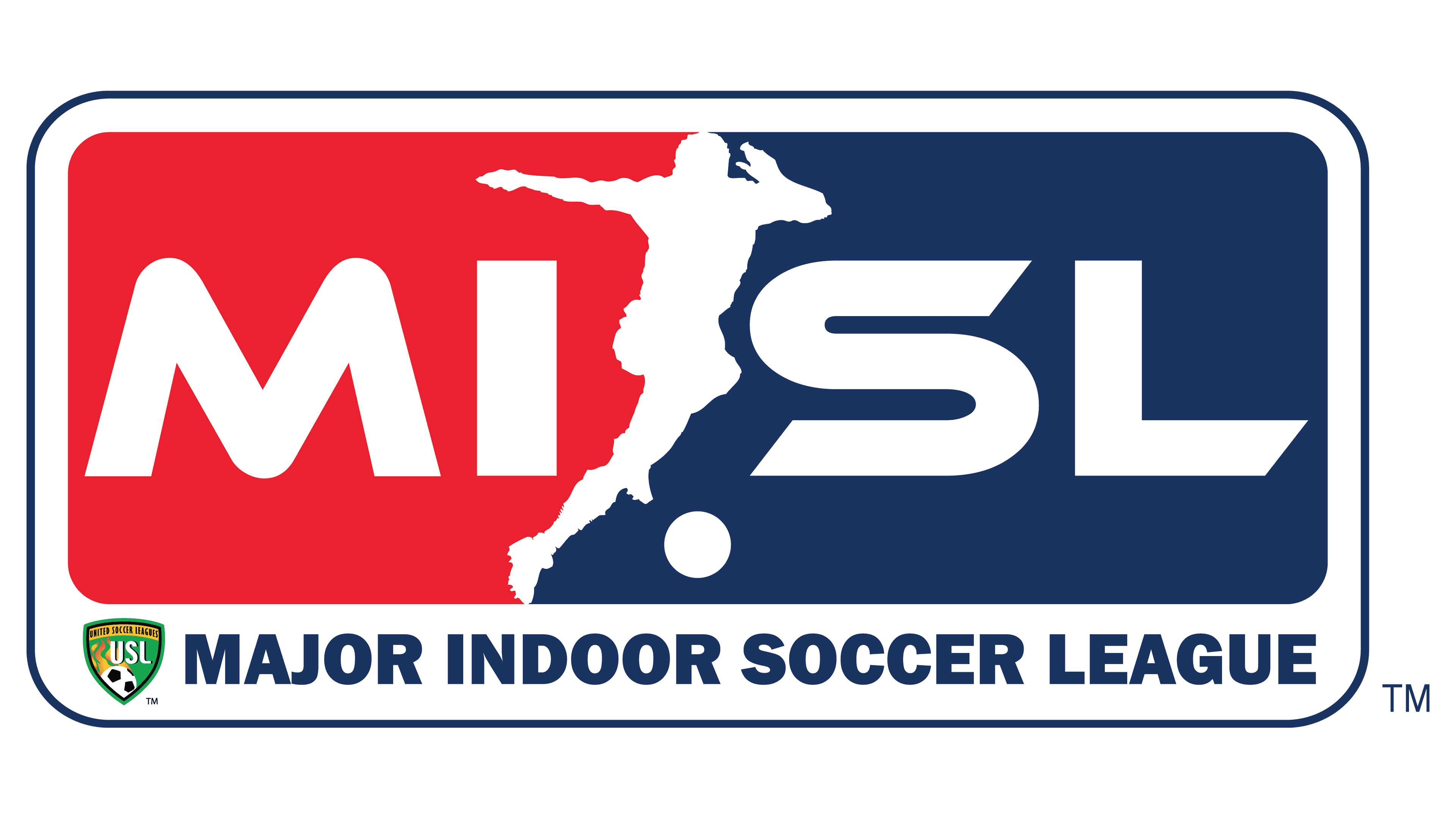
MISL – Logo – Source of the image: 1000 logos website
MASL and the Contemporary Landscape (2010s – Present):
In 2014, the Major Arena Soccer League (MASL) emerged, the league was organized as the Professional Arena Soccer League on May 18, 2008, as an offshoot of the Premier Arena Soccer League (PASL-Premier which emerged in 1997), the largest amateur league in the United States. The league was originally nicknamed “PASL-Pro” to distinguish it from PASL-Premier. The first league game was played on October 25, 2008, in front of a crowd of 3,239 at the Stockton Arena, in Stockton, California, with the California Cougars defeating the Colorado Lightning 10–5.
In 2011, it was announced that the professional league would officially be referred to as simply PASL, while the amateur league would still be referred to as the PASL-Premiera. However, the league announced a change in its name from the Professional Arena Soccer League to the Major Arena Soccer League (MASL) on May 18, 2014. This represents a merging of the MISL and PASL names. MASL fielded 23 teams for the 2014–15 season. Therefore, out of the ashes of professional Indoor Soccer emerged a phoenix that carried the hopes of a resurgent indoor soccer community.
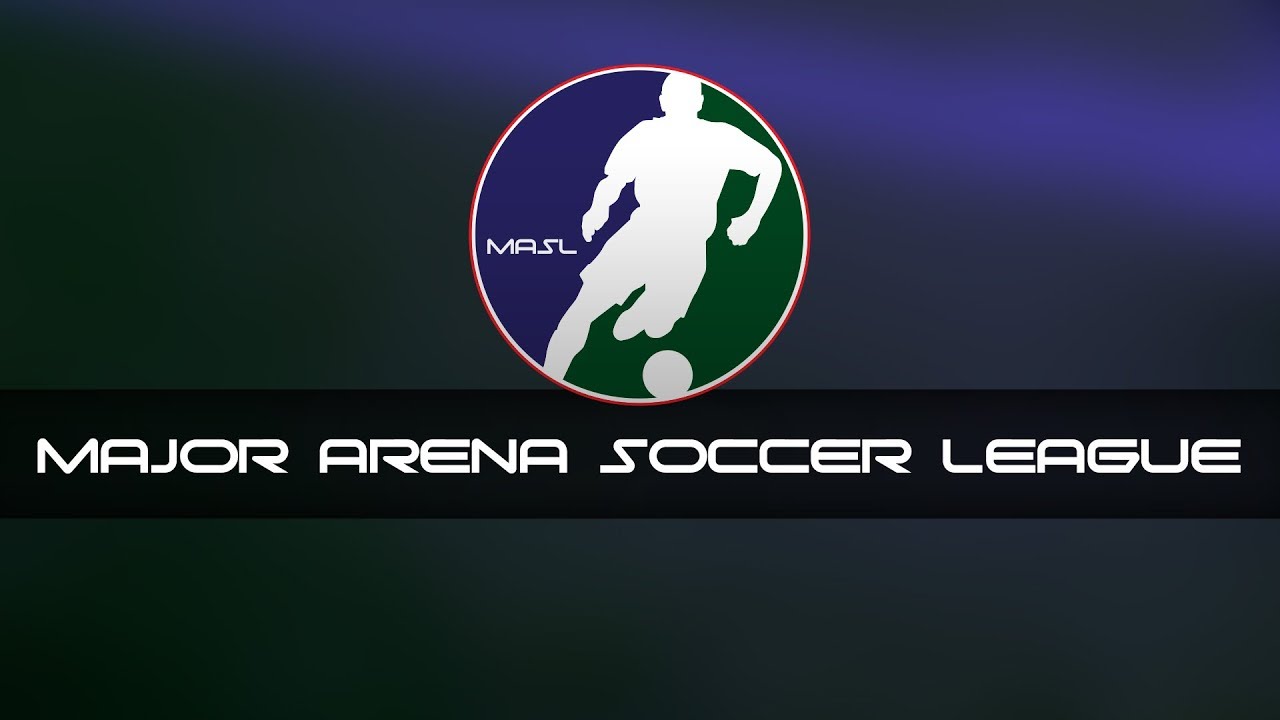
MASL logo – Source of the image: Goalwa – YouTube
A consolidation of smaller leagues, the MASL seized the mantle as the epicenter of professional indoor soccer in the United States. With teams representing diverse regions, the league beckoned not only local talents but also international luminaries, reshaping the very fabric of the competition.
In the contemporary landscape, the MASL stands as a beacon of indoor soccer’s evolution, exploring possibilities for expansion, and in 2022, the MASL announced that teams will be divided into two conferences (Eastern, and Western) underscores its commitment to innovation.

MASL current logo – MASL Wikipedia page
As the MASL treads the line between honouring its rich history and forging a progressive future, its path mirrors the resilience of indoor soccer itself. In an era of growing investment in soccer and with the 2026 World Cup on the horizon, the potential for indoor soccer to relaunch and reinvigorate its presence on the American sports landscape is palpable. As it transcends niche boundaries and redefines its identity, indoor soccer is poised to etch a new chapter in its evolving odyssey.
The Potential of Evolution: Relaunch and reinvigorate, transition to Futsal
Since the 1989 FIFA Futsal World Cup, a strong connection has existed between Indoor American Soccer and Futsal. The American National Futsal teams have consistently benefitted from players and coaches hailing from the Indoor game. During the 1989 and 1992 FIFA Futsal World Cup tournaments, it’s noteworthy that while the players represented Indoor and Outdoor American Soccer, a significant number of them had their roots in Futsal. For instance, players like Chico Borja from Ecuador, who clinched a silver medal at the 1992 World Cup, had a background in Futsal. Prominent figures such as John Kowalski, Joe Machnik, and Keith Tozer, renowned as the most successful coach in Indoor Soccer history, have played pivotal roles in this cross-pollination. From 1996 to 1998, Keith was the U.S. National Futsal team Assistant Coach then from 1998 to 2019 he was the team’s Head Coach. He is now the Commissioner of MASL. Notably, Hewerton Moreira has emerged as a fresh face set to guide the U.S. Men’s Futsal National Team. With an impressive background spanning 23 years as a professional player in Futsal and Indoor American Soccer. And 17 years as a coach, Moreira is poised to step onto the international stage in Futsal and lead the nation into the CONCACAF Futsal Championship which acts as a qualifier for the next 2024 FIFA Futsal World Cup. This rich historical and contemporary connection opens up a realm of diverse possibilities.
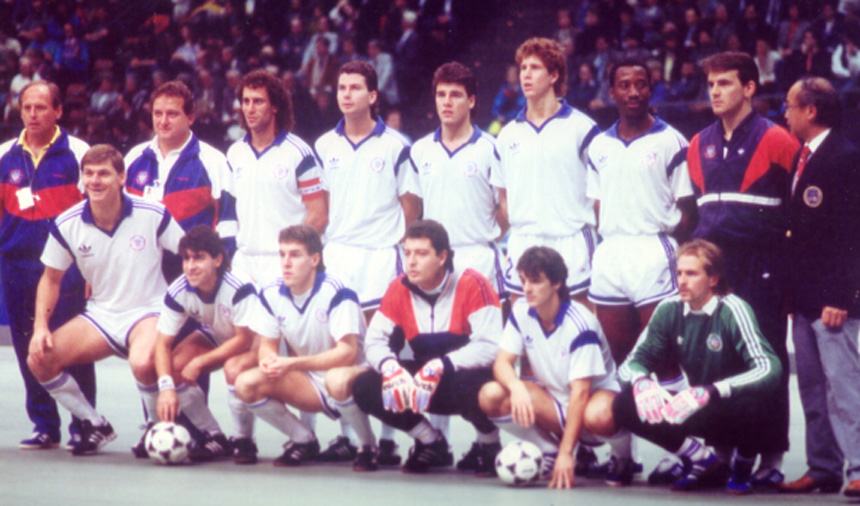
U.S. National Futsal Team 1989 FIFA Indoor Championship. John Kowalski’s roster was a blend of professional indoor players along with nine outdoor soccer members of the U.S. Men’s National Team who were in the process of qualifying for the 1990 World Cup in Italy – Source of the image: Futsal On-Line
In the ever-shifting landscape of sports, innovation and adaptation are the cornerstones of enduring success. For the Major Arena Soccer League (MASL), a transition from indoor American soccer to futsal could be the transformative step that propels the league into a new era of recognition and global resonance. As we explore this bold prospect, an undeniable fact emerges: Futsal is the singular 5-a-side format that holds the coveted endorsement of FIFA, a distinction that can reshape the destiny of a sport that has yet to gain the endorsement of U.S. Soccer.
Related article: MASL Utica City’s Hewerton Moreira Takes Helm of U.S. Men’s Futsal National Team
Futsal, a variant of soccer played on a smaller, hard court, holds distinct advantages that can catalyze the MASL’s journey forward. The compact arena closely resembles an indoor soccer setting, facilitating a seamless transition for both players and fans. Futsal’s emphasis on close control, quick decision-making, and intricate passing aligns with the skill set nurtured in indoor soccer, fostering a natural progression.
The shift to futsal could refine technical prowess, elevate fan engagement, and attract talented international futsal talent. This technical growth could subsequently bolster the overall quality of play, elevating the entertainment value for spectators. Futsal’s inherently fast-paced and skill-centric nature resonates with contemporary preferences for dynamic sports experiences. The transition could amplify fan engagement, attracting a broader demographic that appreciates the intricacies of the game. Moreover, futsal’s global stature could tap into a worldwide audience, broadening the league’s fan base and reach.
FIFA’s endorsement of futsal carries the weight of international recognition and a seal of authenticity. While indoor American soccer might have remained on the fringes of mainstream recognition, the transition to futsal instantly aligns the MASL with a format that FIFA officially recognizes and promotes. This pivotal distinction opens doors to international partnerships, competitions, and a level of legitimacy.
MASL has yet to connect with and build a strong grassroots community in terms of nationwide youth-specific leagues, academies, and coaching licenses for their sport. However, Futsal is already played at a grassroots across the United States developed by a range of organizations. Furthermore, the sport has established coaching licenses. A MASL transition could extend its positive impact to this existing futsal grassroots level. Embracing futsal can offer a more controlled environment for nurturing young talent. The emphasis on skill refinement and quick decision-making at a young age could produce players who seamlessly transition to the professional arena. Moreover, futsal’s cost-effective nature and minimal infrastructure requirements make it accessible for communities, potentially expanding the talent pipeline. And coaches will be provided with existing educational pathways which saves the MASL from having to invest in building this foundation for the sport in grassroots and coach education.
A Possible Future: A New Chapter for Major Arena Futsal League (MAFL)
Navigating this transition demands a meticulous strategy. Key to this process is forging alliances with futsal governing bodies and harmonizing regulations. The potential payoff is immense—a heightened league standing on the global platform, empowered by U.S. Soccer’s involvement and potentially catalyzing the revival of the CONCACAF Futsal Club Championship so their league winners can challenge other clubs across North and Central America. Beyond this, the success achieved could act as a catalyst, spurring other nations within the Confederation to intensify their investments in the sport. In light of these prospects, the endeavor becomes all the more justified. I’ve discussed this idea with various individuals in the past. When the Professional Futsal League (PFL) initiated its promotional campaign with Mark Cuban as the primary owner, I momentarily set aside the notion. However, as the PFL has gradually faded from the spotlight, uncertainty surrounds its potential launch. The crucial distinction between the PFL and the MASL lies in their existing audiences. While the PFL was beginning from scratch, the MASL boasts a well-established history and dedicated fanbase, making it ideally positioned to embrace and celebrate this transition as a natural progression of its illustrious legacy.
As indoor soccer’s tale intertwines with futsal’s allure, a paradigm shift emerges. The path forward leads to uncharted territories, where tradition meets innovation, and the pursuit of excellence remains unwavering. The metamorphosis from indoor American soccer to futsal could be the saga’s next transformative chapter—a chapter that unites the legacy of the past with the promise of the future; Major Arena Futsal League (MAFL).
Author of the Interview
Stephen McGettigan was born in the Republic of Ireland but grew up in Belfast. He is the founder of Futsal Focus and a Football Industries MBA graduate from the University of Liverpool Management School. Stephen has worked in the Football and Futsal industries for 15 years.
Organ Donation
Futsal Focus is a supporter of Dáithí Mac Gabhann and his family’s campaign to raise awareness of Organ Donation. We encourage our readers to learn more about Organ Donation: https://www.organdonation.nhs.uk/
Futsal Focus
You can read more articles about global futsal by going to the top navigation bar or by clicking here
If you like this article and would like to keep updated on Futsal news, developments, etc then you can now follow Futsal Focus via Google News by following our page which will send you an alert as soon as we publish an article so please click here and follow us on Google.
You can also keep updated on Futsal news, developments, etc then please submit your email below in the Subscribe to Futsal Focus option.
Follow Futsal Focus by clicking on Facebook, Twitter, or Instagram or on the social media buttons on the website.

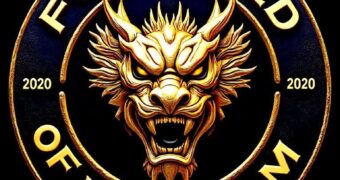
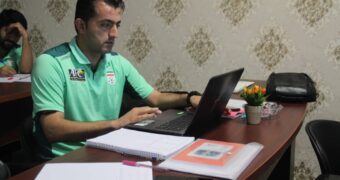
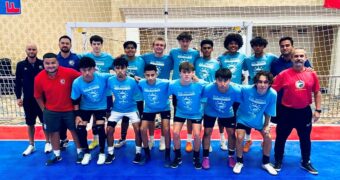
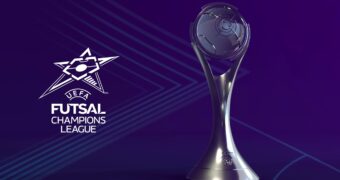
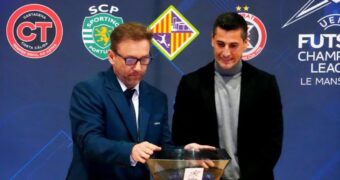
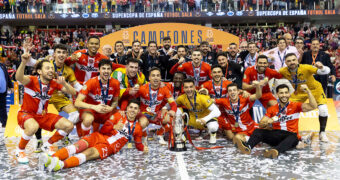
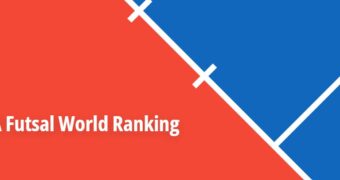

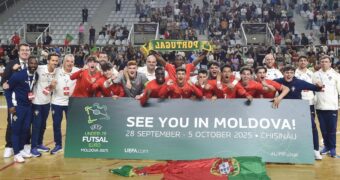
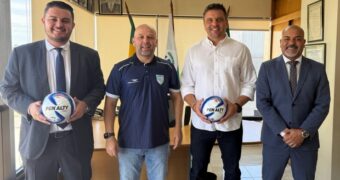

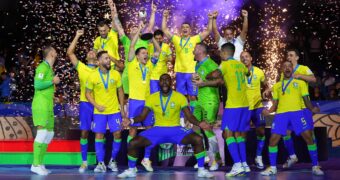

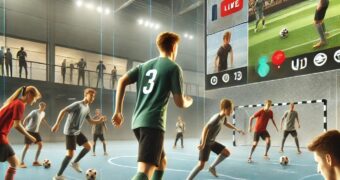
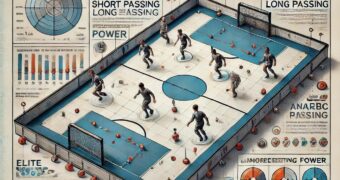
![Validate my RSS feed [Valid RSS]](https://www.futsalfocus.net/wp-content/uploads/2020/01/valid-rss-rogers.png)

